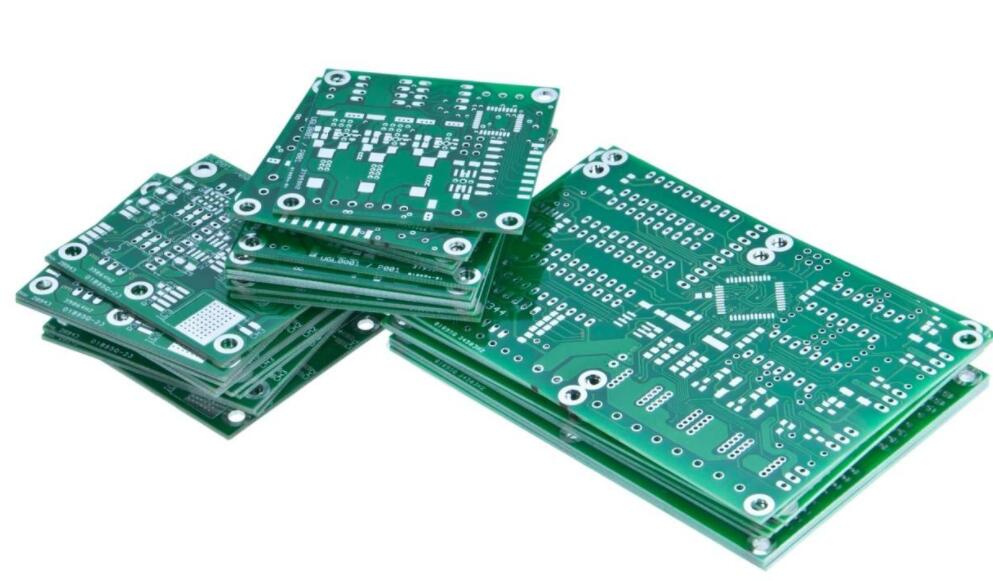The water vapor film on the uncoated printed board also provides favorable conditions for the growth and corrosion of the metal. Other common adverse effects include reducing the dielectric strength of the medium and affecting high-frequency signals. What kind of coating material does the PCB circuit board manufacturer use? What are the precautions?
Dust, dirt, and other environmental pollutants falling on the surface of the assembly will absorb moisture and aggravate the above-mentioned various effects. Conductive particles (such as metal chips) on the board can also cause circuit bridging. The conformal coating used by PCB circuit board manufacturers can prevent all these harmful effects.
Technical indicators and performance requirements (industrial material specifications) of electrical insulating compounds used for printed board assembly by circuit board manufacturers. MIL-I-46058C: Insulating compound, electrical properties (US Department of Defense, material specifications). MIL-P-28809: Printed circuit assembly (US Department of Defense, inspection standard for conformal coating assembly). UL746E: Polymeric materials-used for the evaluation of electronic equipment (accredited by Underwriters Laboratories).

PCB circuit board manufacturers believe that the conformal coating is a semi-permeable film, which allows a little moisture to penetrate the coating. Therefore, if the coating is exposed to a humid environment for a long time, its insulation resistance will decrease. It is common to all coating films.
One of the main purposes of applying a conformal coating on a printed circuit board is to provide electrical insulation. Therefore, the cured coating must have sufficient Dielectric strength and insulation resistance meet the requirements of safety design. In the application of circuit board products, dielectric constant and loss factor (Q value) may become important selection parameters.
Circuit board coating process
The PCB manufacturing industry is concerned about the full cost, processing time, safety, health, and environmental pollution of circuit board conformal coating. The amount of production will determine whether the coating process is manual coating or automatic coating. Then consider the cost issue. Cost models can be used to establish an estimate of the return on investment, such as the cost allocation of automatic equipment. The automated system is suitable for fast drying and fast curing of coating materials, while for manual coating, the production cycle may be a consideration.
Ease of operation on rework (peel off the coating and recoat) and rework is an important advantage of conformal coating materials, but solvent resistance and chemical resistance may become important compromises. These contradictions need to be resolved in coordination between PCB design engineering and production. Similar trade-offs exist in terms of safety, health, and environmental factors.
The shelf life of the paint (the time the paint is stored in a sealed container) and the service life (the time the paint can be used normally after the can is opened or mixed) are also factors to be considered. A short service life may lead to a large amount of waste of materials, and more importantly, the rapid increase in viscosity (flow resistance) of the material in the tank will lead to inconsistent coating thickness. Two-component system coatings generally have a short service life, while single-component systems usually have a longer service life close to the shelf life.